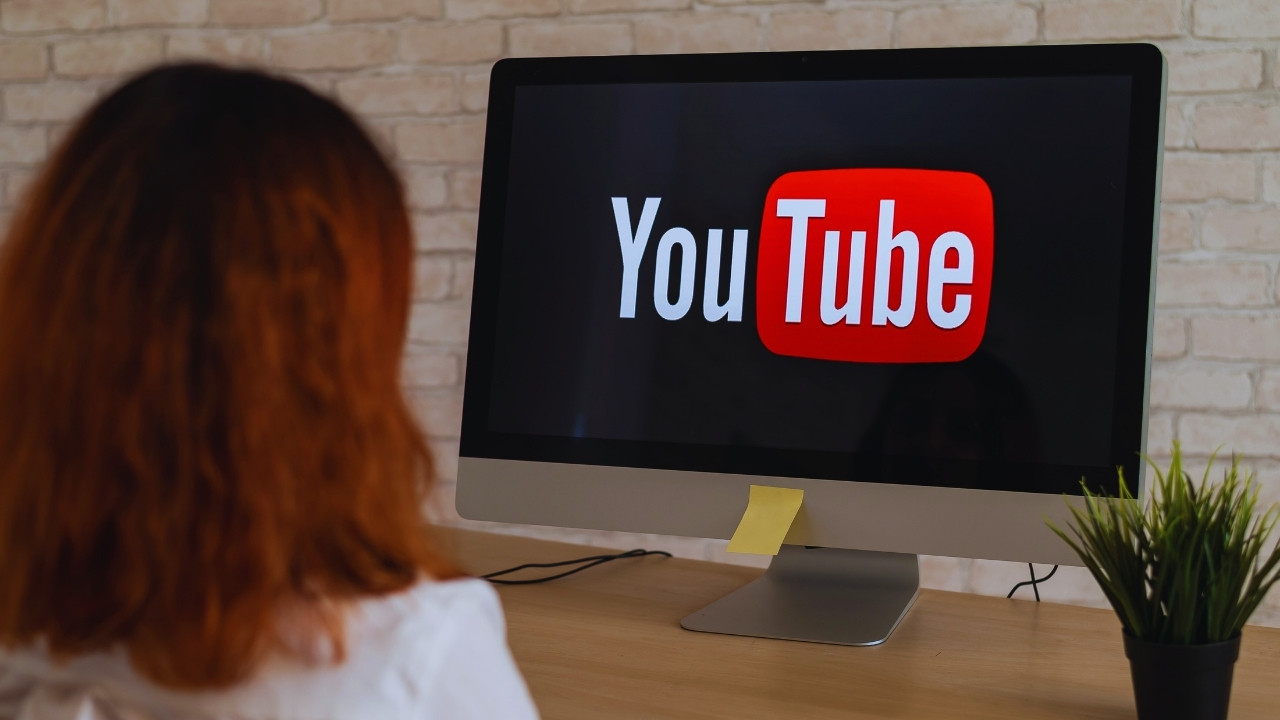
SPARK 4.0: Revolutionizing Ayurveda Through Resear
The SPARK 4.0 initiative is a transformative program aimed at promoting Ayurveda research and innova

In recent years, social media platforms have become an inseparable part of teenagers' lives. From connecting with friends to accessing educational content, YouTube and other platforms dominate the digital routines of young users. Recognizing both the benefits and risks of such widespread engagement, Australia has taken a decisive step. Through the Online Safety Amendment (Social Media Minimum Age) Act 2024, the government has made it illegal for anyone under 16 to access social media platforms, including YouTube.
This law positions Australia as a global pioneer in digital regulation. While other countries have debated age restrictions and parental monitoring tools, Australia’s approach is direct and enforceable, emphasizing the protection of mental health and well-being among the nation’s youth. The law reflects growing concerns about the impact of prolonged screen time, exposure to inappropriate content, and the addictive nature of social media algorithms.
One of the primary drivers behind the ban is the growing evidence linking social media use to mental health challenges among teenagers. Studies have consistently shown that excessive use can lead to anxiety, depression, and low self-esteem. Continuous exposure to carefully curated content fosters unrealistic expectations and comparisons, contributing to a sense of inadequacy.
Sleep disruption is another critical issue. Many teens engage with devices late into the night, which affects circadian rhythms and overall health. By restricting access for those under 16, the government hopes to reduce these adverse outcomes and encourage healthier routines.
Social media platforms are double-edged swords. While they provide educational and entertaining content, they also expose young users to potentially harmful material. From cyberbullying and harassment to inappropriate videos and misinformation, the risks are significant. YouTube, being one of the largest video-sharing platforms, hosts an immense variety of content, making it difficult for young viewers to avoid harmful material entirely.
The law seeks to minimize such exposure, ensuring that younger adolescents are less likely to encounter harmful content before reaching an age where they can better process and contextualize online material.
Social media platforms are designed to maximize user engagement. Infinite scrolling, personalized recommendations, and notification systems keep users online for extended periods. Teenagers are particularly susceptible to these features, as their brains are still developing, making impulse control and critical evaluation more challenging. By banning access, the government aims to break the cycle of compulsive use and allow teens to engage with digital content in more controlled ways later in life.
The law is scheduled to take effect on December 10, 2025, providing social media companies with time to prepare. Its enforcement includes several crucial provisions:
Platforms must implement robust mechanisms to ensure users are at least 16 years old. These may include document verification, AI-assisted age checks, and parental verification systems. Companies failing to comply could face serious legal consequences.
To ensure adherence, the law establishes penalties of up to AUD $50 million for companies that fail to meet the age verification requirements. The strict penalties underscore the government’s commitment to enforcing digital safety standards.
Recognizing the importance of online learning and safe content for younger users, platforms like YouTube Kids and Google Classroom are exempt from the ban. This ensures that educational and child-friendly services remain accessible while protecting teens from harmful content on mainstream platforms.
The government has launched a nationwide campaign titled “For The Good Of” to inform parents, educators, and teenagers about the changes. The campaign emphasizes digital responsibility, encourages parental monitoring, and explains the reasoning behind the restrictions to ensure community understanding and support.
Australia’s legislation has captured the attention of the international community, eliciting diverse responses from stakeholders across multiple sectors.
Child psychologists, educators, and mental health organizations have largely welcomed the law. They view it as a proactive measure to protect adolescent well-being and reduce the risks of digital addiction and exposure to harmful content. Experts argue that early intervention is crucial, as teens are at a developmental stage where prolonged online exposure can have lasting psychological effects.
Social media companies, including YouTube, have raised concerns about the feasibility of enforcing such a broad ban. They point to potential challenges in accurate age verification, privacy concerns, and the possibility that teens might bypass restrictions through VPNs or other digital tools. Companies have suggested alternative approaches, such as enhanced parental controls, content moderation, and digital literacy education, to address safety concerns without restricting access outright.
Other nations are closely observing Australia’s bold move. Some countries are considering implementing similar restrictions, particularly in Europe and North America, where youth mental health and online safety are increasingly prioritized. Australia’s approach could serve as a blueprint, shaping the global conversation around the regulation of social media for minors.
Limiting social media access may have implications for how teenagers socialize and communicate. Platforms like YouTube serve as hubs for peer interaction, creativity, and learning. Restricting access could affect social engagement, but it may also encourage teens to pursue in-person interactions, hobbies, and offline creative endeavors, fostering more balanced development.
Social media platforms rely heavily on user engagement and advertising revenue. A significant reduction in the teenage user base could affect profitability, prompting companies to rethink strategies for age verification, content delivery, and platform design.
Australia’s law establishes a precedent in digital governance, signaling that governments can enforce age-related restrictions on online platforms. Other countries may follow suit, leading to a wave of regulatory frameworks aimed at protecting minors online. This could influence platform policies, global digital marketing strategies, and international negotiations on online safety.
While the policy is clear in intent, its implementation will not be without challenges.
Technological Limitations: Accurate age verification is complex. Companies must balance verification with user privacy, avoiding intrusive practices that could raise ethical concerns.
Digital Bypass Methods: Tech-savvy teens may attempt to bypass the system, emphasizing the need for comprehensive monitoring and education alongside technological enforcement.
Balancing Education and Restriction: Ensuring that educational platforms remain accessible while restricting harmful content requires careful differentiation between mainstream and child-friendly services.
Parental Involvement: Success will depend on parental engagement, digital literacy, and active communication between families and teens about online safety.
Australia’s ban may have far-reaching effects on society and digital culture.
Shift in Teen Media Consumption: Teenagers may turn to alternative forms of media, such as podcasts, offline gaming, or community-based learning, potentially reducing screen time and fostering diverse skill sets.
Cultural Changes: Social media plays a role in shaping youth culture. Restricting access could alter trends, influence creativity, and affect how teens engage with content and communities online.
Health and Well-Being: By mitigating exposure to harmful content, the law aims to promote mental and emotional resilience, reduce anxiety and depression rates, and encourage healthier daily routines.
The effectiveness of the ban will depend on continuous evaluation and adaptation. Government agencies, educators, and mental health professionals will need to monitor the law’s impact, collecting data on:
Changes in teen mental health statistics
Social development and offline engagement
Incidences of online harassment or exposure to harmful content
Compliance rates among social media platforms
Feedback from parents, teens, and digital experts will be essential in refining the policy and ensuring that it balances protection with access to educational and creative opportunities.
Australia’s ban on social media access for individuals under 16, including YouTube, is a landmark in digital regulation. It reflects growing recognition of the mental health challenges posed by unregulated online access and sets a precedent for global digital policy.
While challenges in enforcement and potential unintended consequences exist, the law represents a proactive attempt to safeguard the next generation. Its success will depend on technological innovation, parental engagement, and ongoing assessment. As the world watches, Australia’s experiment could shape how nations balance online freedom with safety in the digital age.
This article is for informational purposes only and does not constitute legal, professional, or medical advice. Readers should consult appropriate authorities or experts regarding digital safety and regulatory compliance.